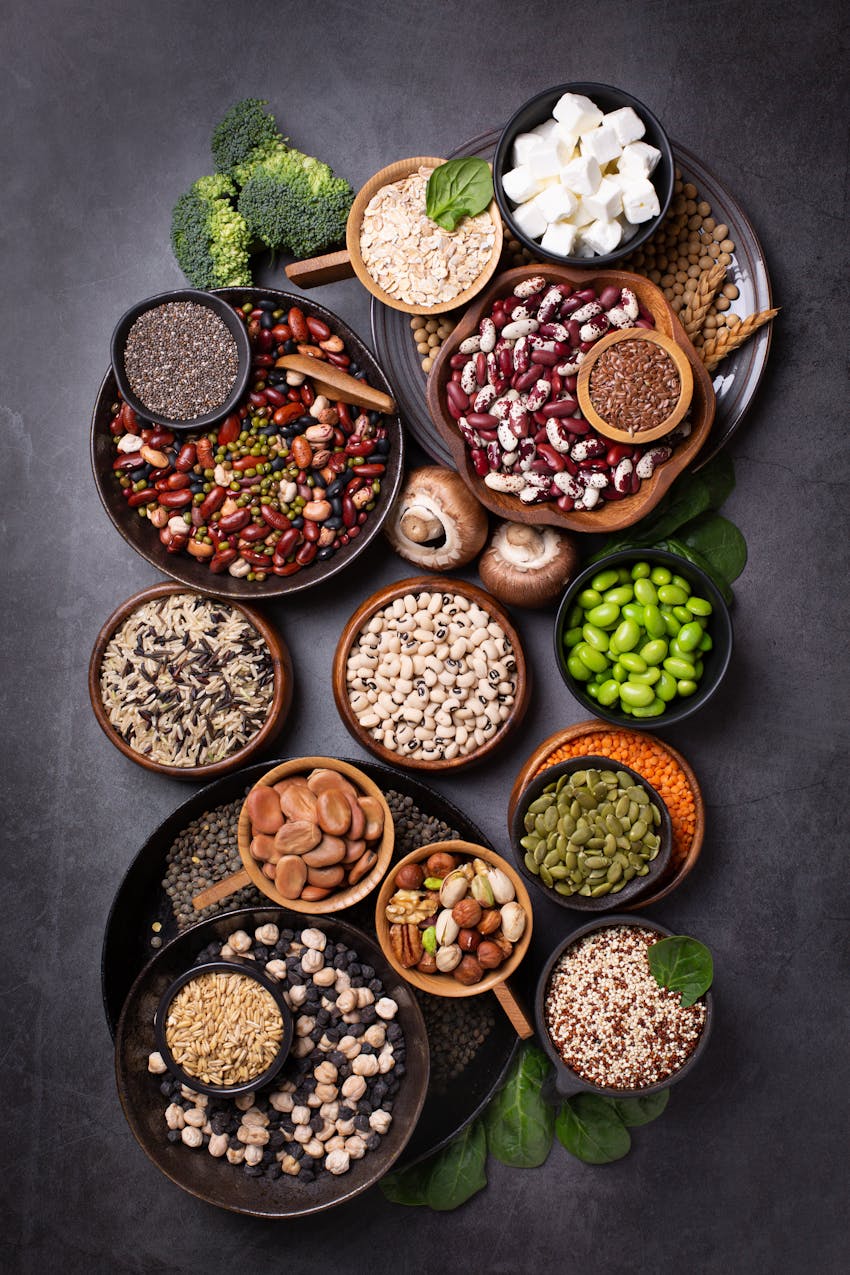Homemade pasta is a culinary delight that brings a touch of authenticity and craftsmanship to your kitchen. Making pasta from scratch can seem intimidating, but with a bit of practice and patience, you can create delicious, fresh pasta that outshines store-bought varieties. Follow this step-by-step guide to master the art of homemade pasta.
Ingredients:
- 2 cups all-purpose flour
- 3 large eggs
- 1 tablespoon olive oil (optional)
- A pinch of salt
Equipment:
- Large mixing bowl or clean work surface
- Fork or whisk
- Rolling pin or pasta machine
- Knife or pasta cutter
- Clean kitchen towel
Step 1: Preparing the Dough
- Create a Flour Well:
- On a clean work surface or in a large mixing bowl, pile the flour into a mound. Create a well in the center of the flour, making sure the sides are high enough to contain the eggs.
- Add the Eggs:
- Crack the eggs into the well. Add the olive oil and salt if using. Using a fork or your fingers, gently beat the eggs and gradually incorporate the flour from the edges of the well into the eggs.
- Form the Dough:
- Continue mixing until a rough dough begins to form. If the dough is too dry, add a teaspoon of water at a time. If it’s too wet, add a little more flour.
- Knead the Dough:
- Once the dough comes together, knead it on a floured surface for about 10 minutes until it’s smooth and elastic. To knead, press the dough with the heel of your hand, fold it over, and rotate it slightly. Repeat this process.
- Rest the Dough:
- Wrap the dough in plastic wrap or cover it with a clean kitchen towel. Let it rest at room temperature for at least 30 minutes. This allows the gluten to relax, making it easier to roll out.
Step 2: Rolling Out the Dough
- Divide the Dough:
- Cut the rested dough into 4 equal portions. Keep the pieces you’re not working with covered to prevent them from drying out.
- Flatten the Dough:
- Using a rolling pin or pasta machine, flatten one portion of dough into a rectangle. If using a rolling pin, work from the center outwards, turning the dough frequently to ensure even thickness.
- Using a Pasta Machine:
- If you have a pasta machine, set it to the widest setting. Feed the dough through the machine, then fold it in half and feed it through again. Repeat this process a few times to develop the dough’s texture.
- Gradually decrease the machine’s setting and feed the dough through until you reach the desired thickness. Most pasta is rolled to a thickness of 1-2 millimeters.
- Manual Rolling:
- If using a rolling pin, continue rolling the dough until it’s very thin, almost translucent. This requires patience and even pressure.
Step 3: Shaping the Pasta
- Cutting the Dough:
- Once rolled out, cut the dough into your desired pasta shape. Common shapes include fettuccine, tagliatelle, or pappardelle. Use a knife, pizza cutter, or pasta cutter to create long strips.
- Dust with Flour:
- Lightly dust the cut pasta with flour to prevent sticking. Lay the strips flat or form them into nests for easier handling.
Step 4: Cooking the Pasta
- Boil Water:
- Bring a large pot of salted water to a rolling boil. Fresh pasta cooks much faster than dried pasta, so keep a close eye on it.
- Cook the Pasta:
- Add the pasta to the boiling water. Fresh pasta typically cooks in 2-4 minutes, depending on its thickness. Taste a piece to check for doneness.
- Drain and Serve:
- Once cooked, drain the pasta and serve it immediately with your favorite sauce or toppings.
Tips for Perfect Homemade Pasta
- Flour Choices: While all-purpose flour works well, you can experiment with semolina flour or “00” flour for different textures.
- Egg Ratio: A good rule of thumb is one egg per 100 grams of flour. Adjust as needed based on your dough’s consistency.
- Resting Time: Don’t skip the resting period, as it makes the dough easier to roll and prevents shrinkage.
- Even Rolling: Aim for consistent thickness to ensure even cooking.
- Sauce Pairing: Fresh pasta pairs beautifully with simple sauces like marinara, Alfredo, or a light olive oil and garlic sauce.
Conclusion
Making homemade pasta is a rewarding process that allows you to enjoy fresh, flavorful pasta right from your kitchen. With practice, you’ll become more comfortable with the techniques and variations, enabling you to create a variety of pasta shapes and flavors. Enjoy the journey and the delicious results!

